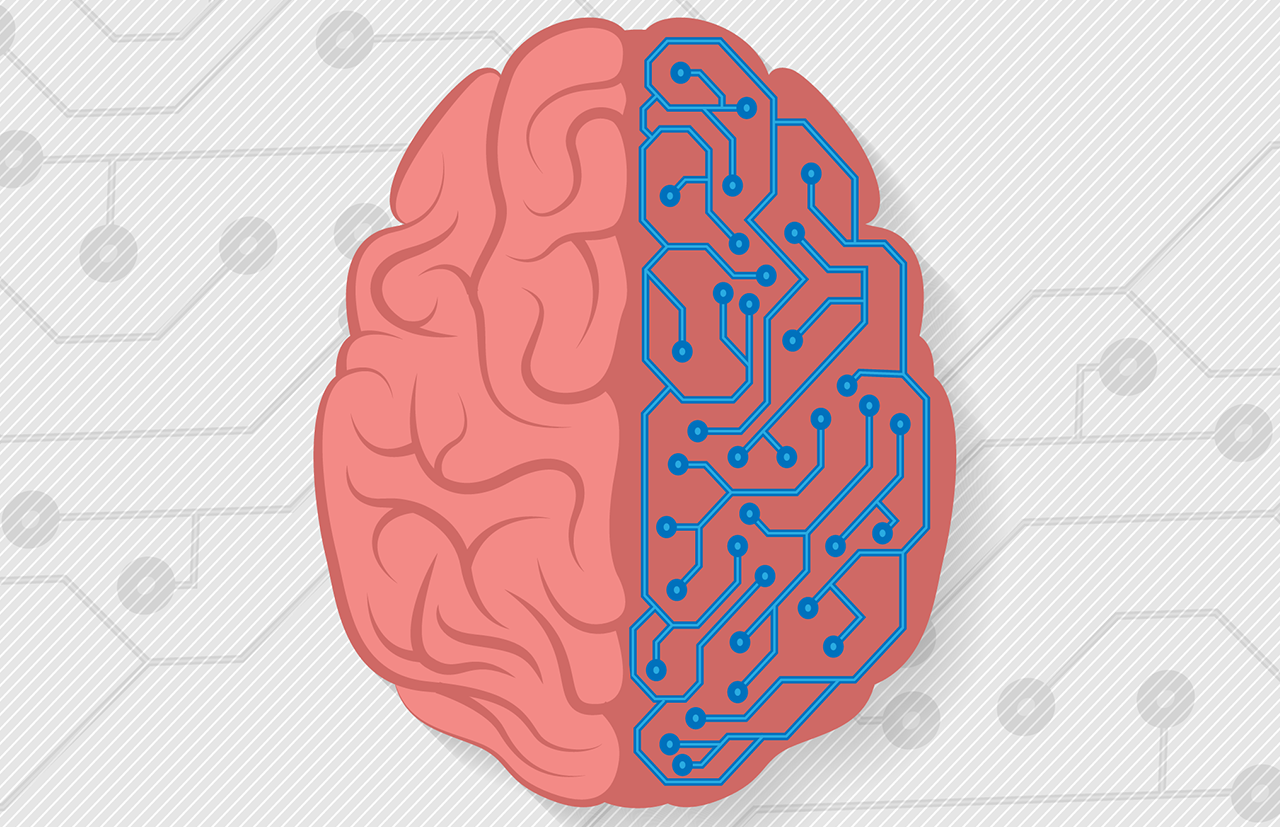We explore the gap between expectation and reality.
It appears that Artificial Intelligence (AI) and Machine Learning (ML) have gone mainstream with enterprises finding uses for AI in several applications involving automation, that could include image recognition, email classification, music and video suggestions, and process automation. While AI and ML have the potential to help take automation to a new level, a project involving AI and ML can present a whole set of challenges.
Given the hype surrounding these technologies CIOs expect AI and ML to perform magic. They expect these algorithms to learn fast and deliver precise solutions to complex problems. Whether it is something as complex as an autonomous car recognising a pedestrian or a self-learning bot that diagnoses a patient and suggests possible cures, the expectations from AI and ML are sky high. However, the commercial use of these technologies, particularly those involving deep learning techniques, is still at a nascent stage. If these algorithms have to provide accurate answers to complex queries they will require large sets of clean data. Here are some typical things that can go wrong with AI/ML projects.
Data quality
As AI/ML are supposed to eliminate the imperfections of manual tasks or processes, and carry out tasks with high precision and accuracy, the quality of data available should be very high. Inaccurate or imperfect data can lead to negative outcomes.
Inadequate datasets
AI/ML projects that use deep learning techniques need massive datasets as you are essentially training the algorithms to solve complex problems. If the data provided for training is inadequate and does not comprehensively cover all scenarios, the algorithm may not achieve the objectives. Getting adequate data is a challenge for most enterprises as it can be very expensive and even unavailable in some cases.
Selecting the right processes
Depending on the data available and the context, it is possible to use AI to automate certain processes. The simplest processes to automate are those that are done manually with little or no variable output. Processes that are more complex need to be evaluated before deciding whether they require ML. Not all processes require ML, and using ML for certain processes without adequate data may incur huge expenses without the desired results.
Infrastructure bottleneck
Deploying ML and AI requires enterprises to crunch massive amounts of data. This in this necessitates superior compute, storage and networking infrastructure. Legacy systems are often not equipped to process the vast amounts of data in an ML kind of a scenario. So, before embarking on a project it’s imperative to ensure your infrastructure has the capability to support AI/ML
Lack of skilled resources
There is a serious shortage of skills required to execute ML projects. Even if you manage to find good data scientists who understand ML, they don’t come with the software engineering skills required to deliver the project. According to various estimates, there are only a few hundred thousand AI/ML professionals around the globe. Global technology leaders pick up the best of these.
Photograph: Freepik.com


